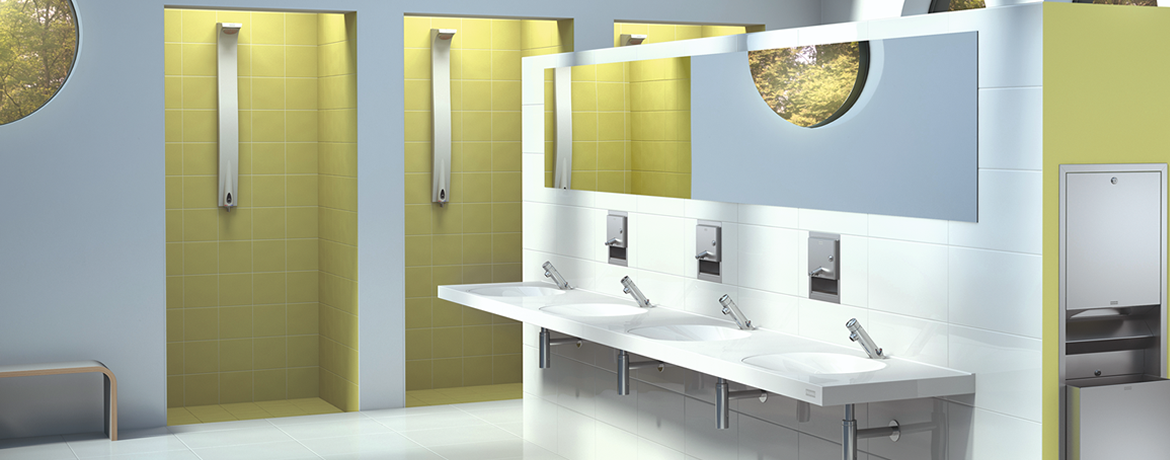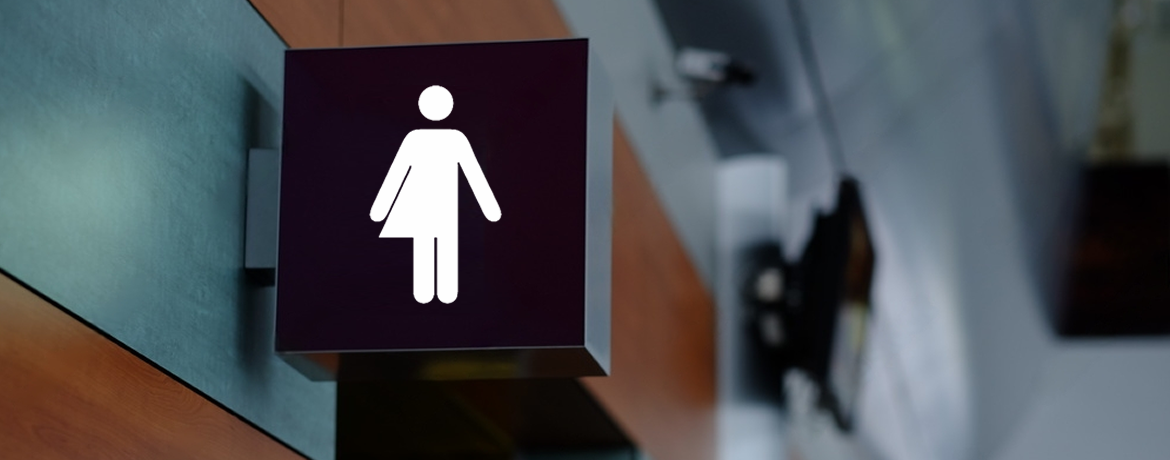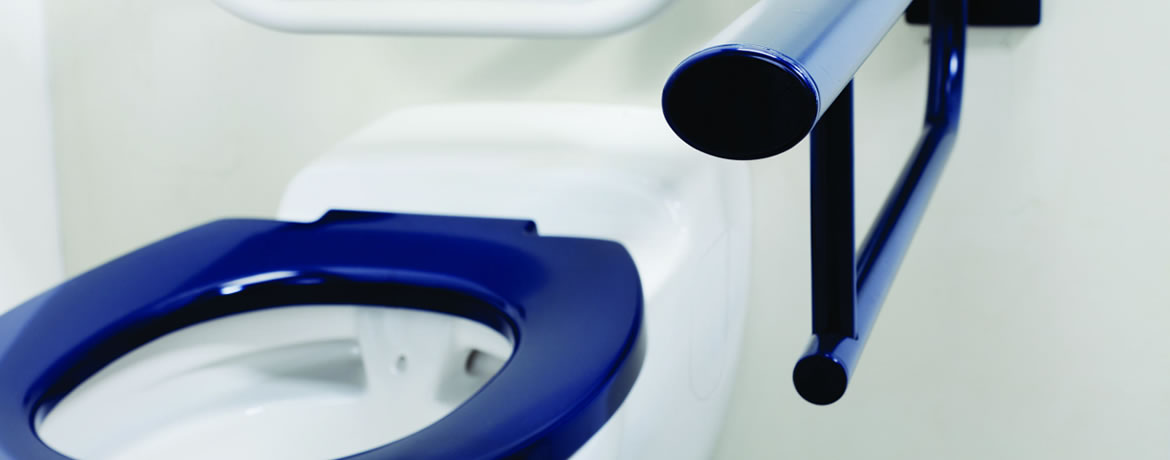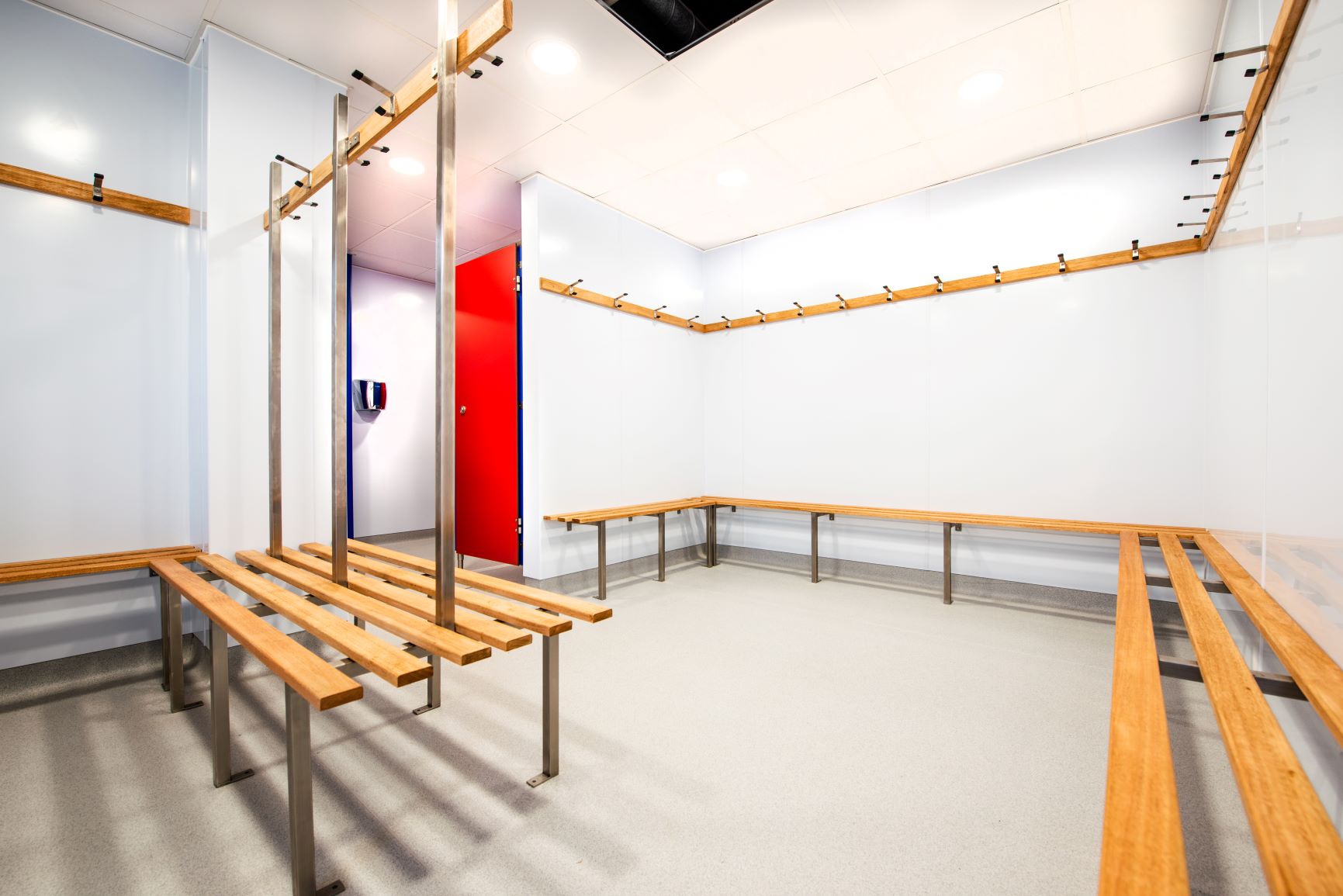How To Improve School Toilets
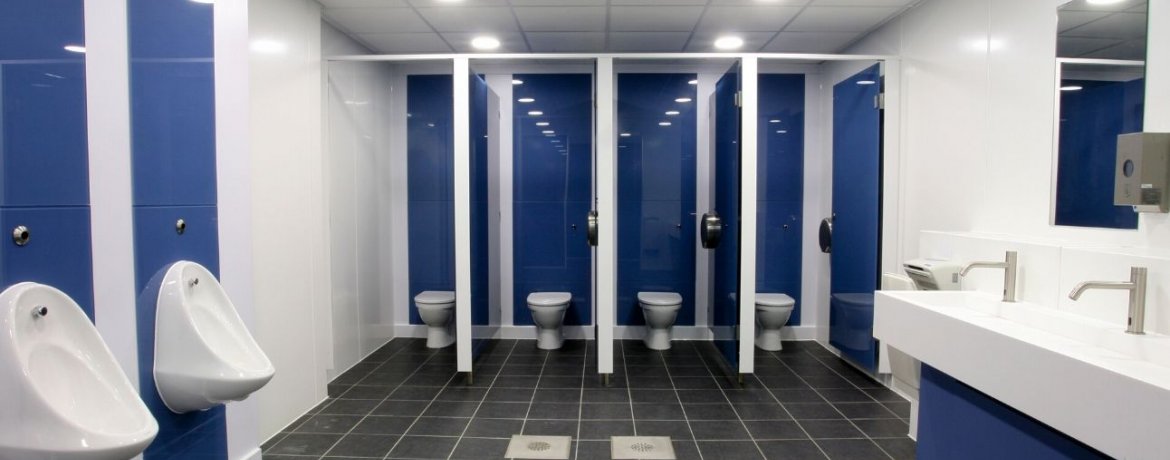
In light of COVID-19, many schools are looking at ways to improve their toilets, both aesthetically and hygienically. Here we run through some of the best improvements you can make to your busy school washrooms.
Sensor activation
For better usability in your washroom and significantly improved hygiene, sensor activation is perhaps the strongest way to go. By implementing sensor taps, hand dryers, sensor flush kits and PIR lighting, pupils can enter and use the washrooms with minimal physical contact with their surroundings. Every touchpoint heightens the spread of bacteria in a washroom, so the more you can remove these through sensor-operated fixtures and fittings, the better.

How much water do waterless urinals save?
Waterless urinals can deliver great economic savings. With no mains water being connected, this modification ensures the urinal remains fresh and clean through a special cartridge that is inserted into the waste outlet. Depending on the size of your site, the switch to waterless urinals can save up to 200,000 litres of water each year.
How many toilets should a school have?
The exact number of toilets per school varies, but for England and Wales the following applies:
- For pupils under the age of 5 – one toilet for every ten pupils
- For pupils five years old – one toilet for every 20 pupils
- In special schools – one toilet for every ten pupils, regardless of age
- Where the majority of pupils are under 11 years old, you need as many washbasins as toilets.
Meanwhile, in schools where the majority of pupils are over the age of 11, a variety of ratios exist.
- For every washroom that has a single toilet, there must also be a washbasin.
- If a washroom has two toilets, you will also need two washbasin.
- However, when a washroom exceeds three or more toilets, then you need to make sure that there are two thirds the number of washbasins as there are toilets.
We have a more comprehensive guide to toilet guidelines HERE.
How many sanitary bins do I need?
You should have at least one sanitary waste disposal bin in every female washroom used by pupils age eight and above. However, most schools choose to have one in each female cubicle, especially in middle and secondary schools.

Are paper towels or hand dryers more sanitary?
This is a hotly debated topic and one that’s certainly worthy of your attention. Some studies in the past have shown that high powered hand dryers can spread bacteria far from the hand drying area in a washroom, while paper towels have been shown to be most effective at trapping bacteria on the paper towel and keeping that trapped inside a wast bin.
Like a lot of these arguments, there are studies on both sides that show each is superior. The bottom line is you need to make the call for yourself. Hand dryers are very efficient when it comes to electricity usage and hand drying capability and mean you don’t need to keep topping up paper towels and emptying bins. Many hand dryers have changeable air filters that make sure the air being blown onto the hands is clean.
If you’d like further advice on improving school washrooms, get in touch with one of the team today on 01202 650900
MORE TO EXPLORE IN Related Posts

Fast Dry Hand Dryer Stainless Steel

White Sensor Operated Sanitary Waste Bin

Bristan Infrared Automatic Basin Spout

C-Fold/Multifold Hand Towel Dispenser

DVS Aquarius Deck Mounted Sensor Tap (A45) No Touch
As low as £280.80 £234.00
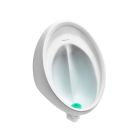
Armitage Shanks Sanura HygenIQ 50cm Waterless Urinal
As low as £460.80 £384.00

